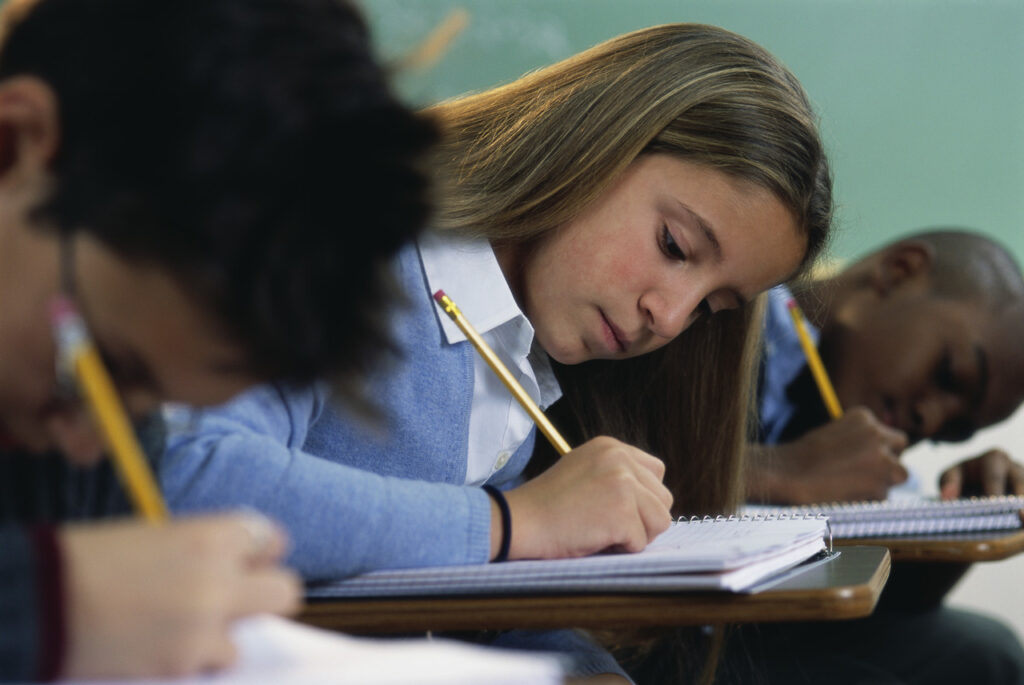The latest international test scores, released in December, show U.S. students sliding further behind their global counterparts in math, reading, and science.
On the Programme for International Student Assessment (PISA), a test administered every three years, U.S. students came in 20th in reading in 2012. In 2009, they were tenth. On math, U.S. students ranked 30th this year. In 2009, they ranked 24th. And in science, U.S. students were 23rd of the more than 65 countries tested, four below their 2009 ranking.
The results generated a raft of concerned statements.
“With all the available resources and innovation that occurs within the United States, it’s inexcusable that we have not yet embraced the necessary reforms to significantly boost student outcomes,” said Kara Kerwin, president of the Center for Education Reform (CER).
“This embarrassing performance, unchanged even as politicians and citizens profess a keen interest in improving our schools, bodes poorly for the future economic security of the United States,” said Paul Peterson, who directs the Program on Education Policy and Governance at Harvard University.
Overall, U.S. students were at about the international average in reading and science and below-average in math. Connecticut, Florida, and Massachusetts chose to separate their results. Massachusetts and Connecticut ranked above average internationally, and Florida was at the U.S. average.
High Spending, Mediocre Results
The Organization for Economic Cooperation and Development administers PISA to fifteen-year-olds across the world. OECD also found the United States spends more than every country on K-12 education except for four. This means nearly all the countries whose students perform better than U.S. students spend less to get better results.
OECD’s report notes the Slovak Republic performs at the same level as the United States but spends an average of $62,000 less per student from age 6 to 15. The U.S. spends nearly $13,000 per K-12 student per year.
“Korea, the highest-performing OECD country in mathematics, spends well below the average per-student expenditure,” the report notes.
Choice and Information
Kerwin recommends policymakers move quickly to give families more information and choices in education, reforms proven to improve student outcomes.
The results show “the dire need to entertain more radical changes in our stagnant schools: more choice, more performance pay, and more local decision-making,” said Eric Hanushek, a Hoover Institution senior fellow.
Image by Lee Shaver.





